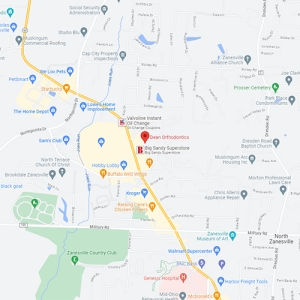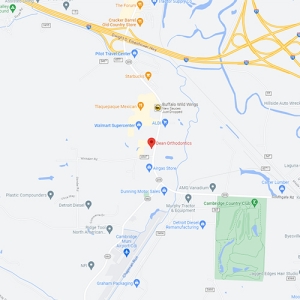Types of Appliances

Choosing between the different types of appliances can be confusing. Our Orthodontists will explain appliances based on what they do. For instance, functional appliances refer to products that correct a person’s bite without the use of braces or aligners. The latter two are undoubtedly well-known in the industry, with both relying on either brackets or trays to push teeth back into places.
If you’re looking for appliances in Cambridge or Zanesville, OH, an orthodontist might recommend any of the following, either in place of or in addition to braces or aligners:
- Forsus: This device is fixed to the mouth in order to move the top teeth back and the bottom teeth up. It can be used to improve the fit of the teeth, forego the use of headgear, and even prevent the need for jaw surgery.
- Steel frameworks: These fixed appliances are usually used on younger children who need to move their jaw forward and molars backward. The most popular device in this category is the Herbst appliance.
- Palatal expander: The palatal expander will widen the upper jaw as your teeth are adjusted. This appliance requires consistent monitoring, but it’s a proven way to shape your mouth, teeth, and jaw properly.
- Retainers: Retainers, mouth guards, bite guards, and night guards all look similar, but they don’t all have the same function. The retainer can be either removable or fixed, and it’s designed to keep your teeth in the same position after they are straightened.
- Positioners: Positioners are often the last step in the treatment process, as they complete the final finishing touches on any tooth movement.
- Twin block: A twin block will push the lower jaw for a wider smile and a more stable temporomandibular joint. It’s removable for easy cleaning and relatively hassle-free to wear.
Oral Health in Cambridge, OH
With locations in Zanesville, Cambridge, OH, Dean Orthodontics knows just how helpful the right appliances can be to a patient — regardless of where they start. When there’s so much movement happening within a mouth, each shift in the teeth or jaw can leave a bigger mark than many expect. If you want to control the muscular activity and bone growth that ultimately determines the shape of your smile, our staff can help direct you to a treatment plan that works for you.



